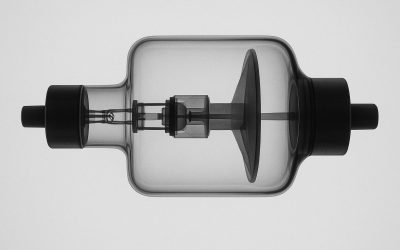A Honeywell humidity sensor or hygrometer sense measures and reports the relative humidity in the air. It therefore measures both moisture and air temperature. Relative humidity is the ratio of actual moisture in the air to the highest amount of moisture that can be held at that air temperature.
Quality Devices
Modern electronic devices use temperature of condensation (the dew point), or changes in electrical capacitance or resistance to measure humidity differences. The first practical hygrometer was invented by polymath Johann Heinrich Lambert in 1755. The Honeywell humidity sensor is among the today’s top devices.
Metal-Paper Coil
The metal-paper coil hygrometer is very useful for giving a dial indication of humidity changes. It appears most often in very inexpensive devices, and its accuracy is limited, with variations of 10% or more. In these devices, water vapor is absorbed by a salt-impregnated paper strip attached to a metal coil, causing the coil to change shape. These changes (analogous to those in a bimetallic thermometer) cause an indication on a dial.
Hair Tension
These devices use a human or animal hair under tension. The hair is hygroscopic (tending toward retaining moisture); its length changes with humidity, and the length change may be magnified by a mechanism and indicated on a dial or scale. In the late 1700s, such devices were called by some hygroscopes. In 1783, Swiss physicist and geologist Horace Bénédict de Saussure built the first hair-tension hygrometer using human hair.
Capacitive Devices
For applications where cost, space, or fragility are relevant, other types of electronic sensors are used, at the price of a lower accuracy. In capacitive hygrometers, the effect of humidity on the dielectric constant of a polymer or metal oxide material is measured. With calibration, these sensors have an accuracy of ±2% RH in the range 5–95% RH. Without calibration, the accuracy is 2 to 3 times worse.
Resistive Devices
In resistive hygrometers, the change in electrical resistance of a material due to humidity is measured. Typical materials are salts and conductive polymers. Resistive sensors are less sensitive than capacitive sensors – the change in material properties is less, so they require more complex circuitry. The material properties also tend to depend both on humidity and temperature, which means in practice that the sensor must be combined with a temperature sensor.


